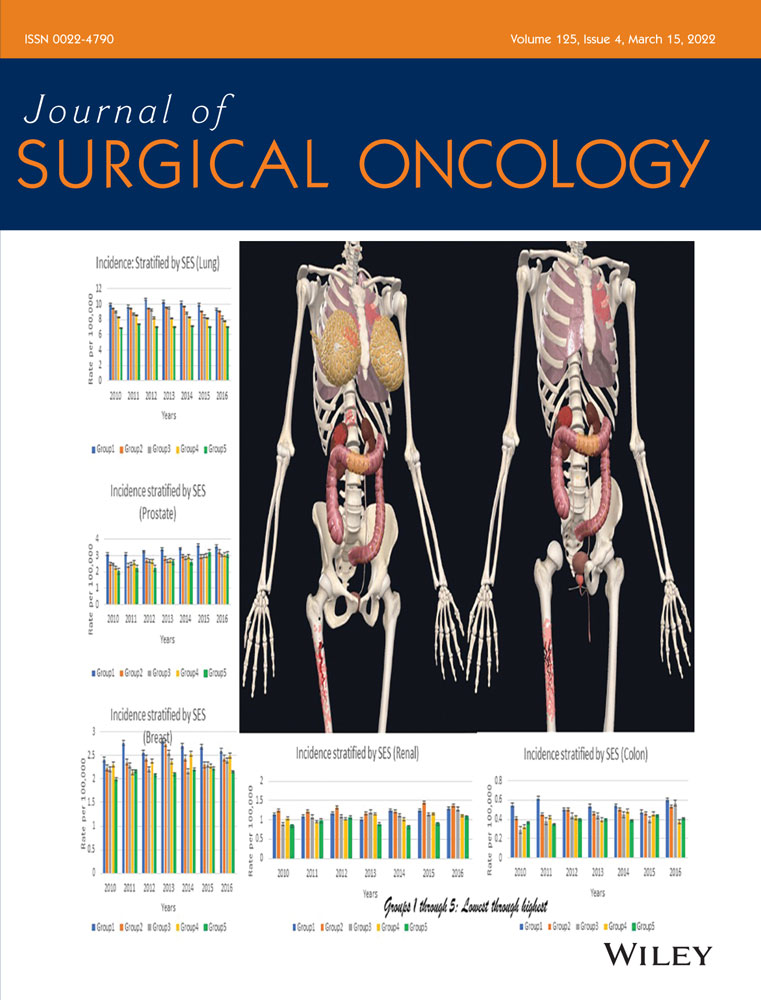How much time is enough? Sentinel lymph node mapping time depends on the radiotracer agent
Abstract
Background
In 2014, technetium-99m tilmanocept (TcTM) replaced technetium-99m sulfur colloid (TcSC) as the standard lymphoscintigraphy (LS) mapping agent in melanoma patients undergoing sentinel lymph node biopsy (SLNB). The aim of this study was to examine differences in mapping time, intra-operative identification of sentinel lymph node (SLN), and false negative rate (FNR) between patients who underwent SLNB with TcTM compared to TcSC.
Methods
Patients who underwent SLNB between 2010 and 2018 were retrospectively identified. Patient demographic, tumor, and imaging data was stratified by receipt of TcSC (n = 258) or TcTM (n = 133). Student's t test and χ2 test were used to compare characteristics and outcomes.
Results
Both cohorts were similar in demographic, primary tumor characteristics, and total number of SLN identified (TcTM 3.56 vs. TcSC 3.28, p = 0.244). TcTM was associated with significantly shorter LS mapping times (51.8 vs. 195.1 min, p < 0.01). There was no significant difference in the number of patients with positive SLN (TcTM 11.3 vs. TcSC 17.4%, p = 0.109) and the FNR was similar between both groups (TcTM 25% vs. TcSC 22%).
Conclusion
TcTM was associated with significantly shorter LS mapping time while identifying similar numbers of SLN. Our results support further study to ensure similar FNR and oncologic outcomes between agents.
CONFLICT OF INTERESTS
Georgia M. Beasley: advisory board Regeneron (2020), Cardinal Health (2018). Berger-Advisory Board, Cardinal Health.
Open Research
DATA AVAILABILITY STATEMENT
Due to the nature of this study, participants of this study did not agree for their data to be shared publicly, so supporting data is not available.




